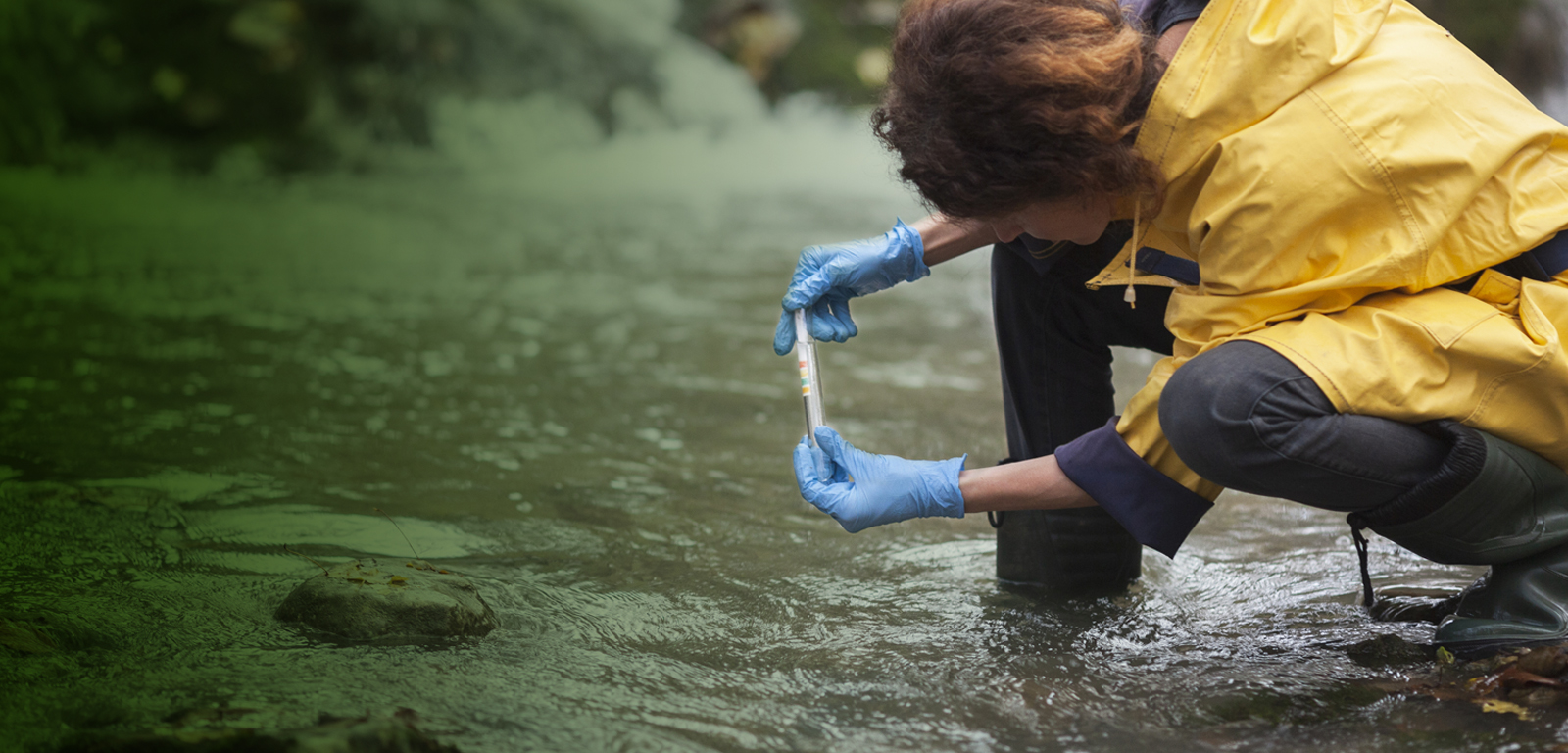Subject
Toxicogenomics and toxicoproteomics
General details of the subject
- Mode
- Face-to-face degree course
- Language
- English
Description and contextualization of the subject
It is intended that students acquire knowledge, theoretical and practical, in terms of new technologies to analyze the expression of genes and proteins and their application to environmental science and toxicology. Students should also know the different technologies currently available, the main differences between each technology, the type of information that can be provided to the researcher and in what contexts they should be used.The objectives are based on learning the concepts of genome / proteome, genomics / proteomics, as well as concepts to identify genes and protein separation in complex biological samples, mass spectrometry and interpretation of molecular data in toxicology case studies. In this sense, the contents of the program included in the plan classes address all these aspects of learning and allow students to experiment with real data and laboratory work to consolidate knowledge.
Teaching staff
| Name | Institution | Category | Doctor | Teaching profile | Area | |
|---|---|---|---|---|---|---|
| ORTIZ ZARRAGOITIA, MAREN | University of the Basque Country | Profesorado Agregado | Doctor | Bilingual | Cellular Biology | maren.ortiz@ehu.eus |
Competencies
| Name | Weight |
|---|---|
| Que el estudiante sepa y entienda los conceptos teóricos en torno a los mecanismos de toxicidad de contaminantes químicos ambientales, así como los aspectos prácticos y sus aplicaciones. | 16.0 % |
| Que el estudiante sepa y entienda los conceptos teóricos en torno a los Programas de seguimiento ambientales de los niveles y efectos de los contaminantes químicos ambientales, así como los aspectos prácticos y sus aplicaciones. | 16.0 % |
| Que el estudiante sepa y entienda los conceptos, práctica y aplicaciones de biomarcadores celulares y moleculares de exposición y efecto de los contaminantes químicos ambientales, con énfasis en cuestiones relacionadas con genotoxicidad y mutagenicidad, disrupción endocrina, estrés general, estrés oxidativo, inmunotoxicidad, etc. | 16.0 % |
| Que el estudiante sepa y entienda los conceptos, práctica y aplicaciones de las tecnologías ómicas (genómica, proteómica, transcriptómica, etc.) para el estudio de los mecanismos de toxicidad y el diagnóstico de los efectos de los contaminantes químicos ambientales. | 16.0 % |
| Que el estudiante conozca los mecanismos de resistencia de los organismos vivos (tolerancia, resistencia, resiliencia, adaptación, plasticidad, etc.) frente contaminantes químicos ambientales. | 16.0 % |
| Que el estudiante domine los conceptos y práctica de la evaluación de riesgo ambiental debido a los contaminantes químicos, incluyendo evaluaciones de ciclo de vida, y sea capaz de aplicarlos para la gestión medioambiental conociendo el marco legislativo y regulatorio en vigor tanto a nivel europeo, como estatal y autonómico (REACH, directivas marco europeas, legislación ambiental, etc). | 16.0 % |
Study types
| Type | Face-to-face hours | Non face-to-face hours | Total hours |
|---|---|---|---|
| Lecture-based | 42 | 63 | 105 |
| Seminar | 6 | 9 | 15 |
| Workshop | 12 | 18 | 30 |
Training activities
| Name | Hours | Percentage of classroom teaching |
|---|---|---|
| Classroom/Seminar/Workshop | 45.0 | 40 % |
| Lectures | 105.0 | 40 % |
Assessment systems
| Name | Minimum weighting | Maximum weighting |
|---|---|---|
| Continuous evaluation | 10.0 % | 10.0 % |
| OTROS | 40.0 % | 40.0 % |
| Written examination | 50.0 % | 50.0 % |
Learning outcomes of the subject
At the end of the unit the student must:-Be able to apply the basic techniques of genomics and proteomics
- Be able to explain an experiment and its results.
Temary
Topics covered include:1. Definition and objectives of genomics and proteomics applied to toxicology
2. Presentation of the main study strategies of the genome and proteome
3. Databases and Data Research Tools
4. Presentation of the principles of mass spectrometry and identification of proteins
5. Experimental design and analysis of genomic and proteomic data
6. DNA Sequencing, Gene Identification, and Gene / Protein Phylogenetics
7. Theoretical and practical training on the identification of proteins using bioinformatics tools, extraction of proteins from biological samples and their separation in polyacrylamide gel


